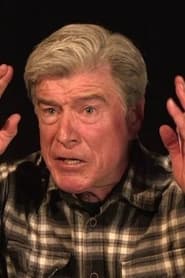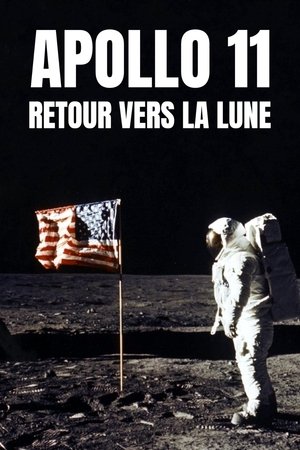
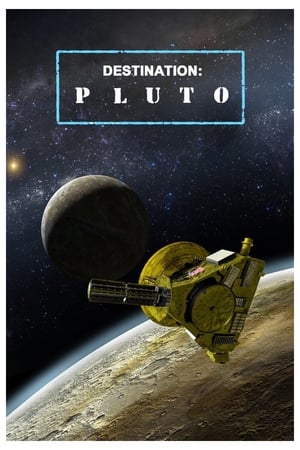
Destination: Pluto Beyond the Flyby(2016)
The New Horizons team examines the latest findings and imagery from Pluto and the fringes of our solar system revealing a world unlike any other we've seen before.

Movie: Destination: Pluto Beyond the Flyby

Destination: Pluto Beyond the Flyby
HomePage
Overview
The New Horizons team examines the latest findings and imagery from Pluto and the fringes of our solar system revealing a world unlike any other we've seen before.
Release Date
2016-09-23
Average
10
Rating:
5.0 startsTagline
Genres
Languages:
ČeskýEnglishKeywords
Recommendations Movies
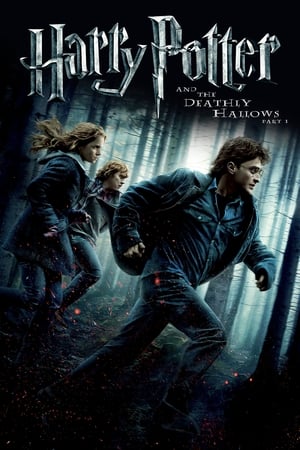 7.7
7.7Harry Potter and the Deathly Hallows: Part 1(en)
Harry, Ron and Hermione walk away from their last year at Hogwarts to find and destroy the remaining Horcruxes, putting an end to Voldemort's bid for immortality. But with Harry's beloved Dumbledore dead and Voldemort's unscrupulous Death Eaters on the loose, the world is more dangerous than ever.
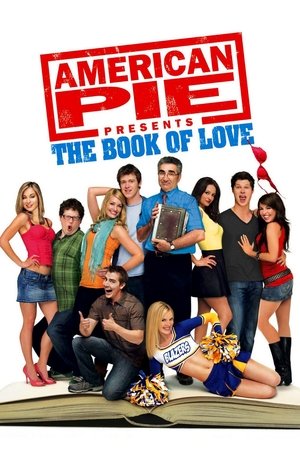 5.3
5.3American Pie Presents: The Book of Love(en)
Ten years after the first American Pie movie, three new hapless virgins discover the Bible hidden in the school library at East Great Falls High. Unfortunately for them, the book is ruined, and with incomplete advice, the Bible leads them on a hilarious journey to lose their virginity.
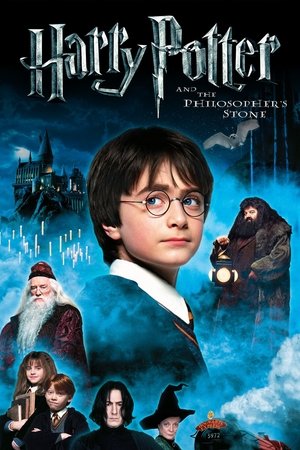 7.9
7.9Harry Potter and the Philosopher's Stone(en)
Harry Potter has lived under the stairs at his aunt and uncle's house his whole life. But on his 11th birthday, he learns he's a powerful wizard—with a place waiting for him at the Hogwarts School of Witchcraft and Wizardry. As he learns to harness his newfound powers with the help of the school's kindly headmaster, Harry uncovers the truth about his parents' deaths—and about the villain who's to blame.
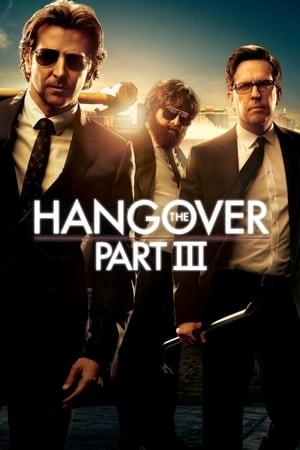 6.2
6.2The Hangover Part III(en)
This time, there's no wedding. No bachelor party. What could go wrong, right? But when the Wolfpack hits the road, all bets are off.
 5.7
5.7Wrong Turn 4: Bloody Beginnings(en)
A group of friends take refuge in a deserted sanatorium after they are left stranded in a snowstorm. Later, the place becomes a death trap when man-eating cannibals surround them.
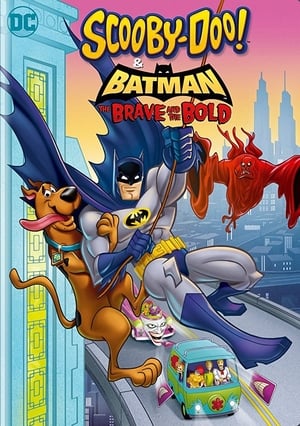 7.2
7.2Scooby-Doo! & Batman: The Brave and the Bold(en)
Scooby-Doo and the Mystery Inc. gang meet up with Batman and other friends to defeat evil villains and save the day.
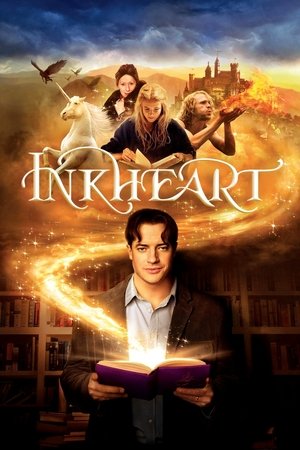 6.3
6.3Inkheart(en)
The adventures of a father and his young daughter, in their search for a long lost book that will help reunite a missing, close relative.
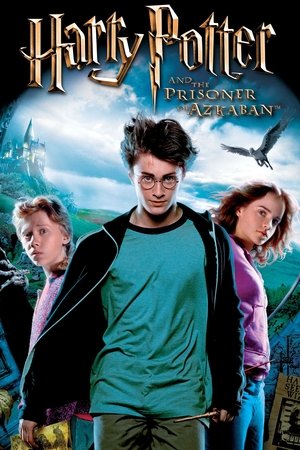 8.0
8.0Harry Potter and the Prisoner of Azkaban(en)
Year three at Hogwarts means new fun and challenges as Harry learns the delicate art of approaching a Hippogriff, transforming shape-shifting Boggarts into hilarity and even turning back time. But the term also brings danger: soul-sucking Dementors hover over the school, an ally of the accursed He-Who-Cannot-Be-Named lurks within the castle walls, and fearsome wizard Sirius Black escapes Azkaban. And Harry will confront them all.
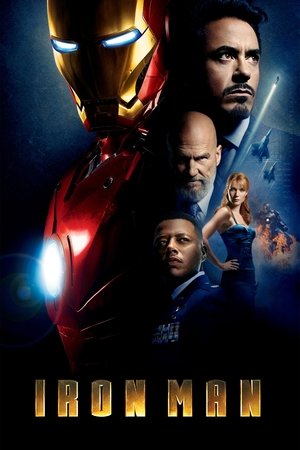 7.7
7.7Iron Man(en)
After being held captive in an Afghan cave, billionaire engineer Tony Stark creates a unique weaponized suit of armor to fight evil.
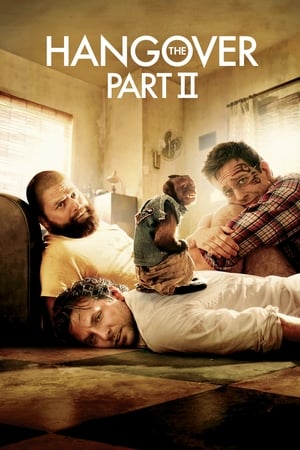 6.5
6.5The Hangover Part II(en)
The Hangover crew heads to Thailand for Stu's wedding. After the disaster of a bachelor party in Las Vegas last year, Stu is playing it safe with a mellow pre-wedding brunch. However, nothing goes as planned and Bangkok is the perfect setting for another adventure with the rowdy group.
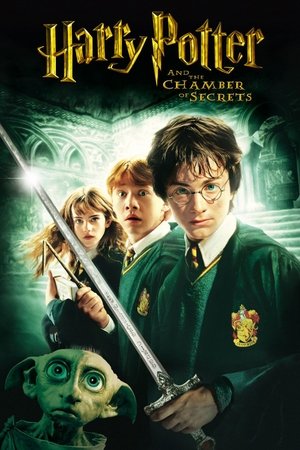 7.7
7.7Harry Potter and the Chamber of Secrets(en)
Cars fly, trees fight back, and a mysterious house-elf comes to warn Harry Potter at the start of his second year at Hogwarts. Adventure and danger await when bloody writing on a wall announces: The Chamber Of Secrets Has Been Opened. To save Hogwarts will require all of Harry, Ron and Hermione’s magical abilities and courage.
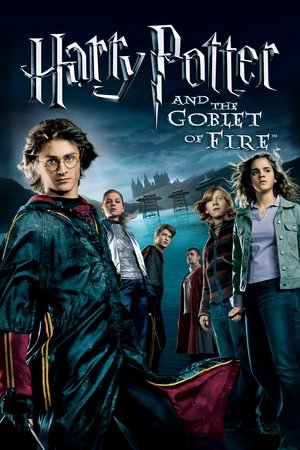 7.8
7.8Harry Potter and the Goblet of Fire(en)
When Harry Potter's name emerges from the Goblet of Fire, he becomes a competitor in a grueling battle for glory among three wizarding schools—the Triwizard Tournament. But since Harry never submitted his name for the Tournament, who did? Now Harry must confront a deadly dragon, fierce water demons and an enchanted maze only to find himself in the cruel grasp of He Who Must Not Be Named.
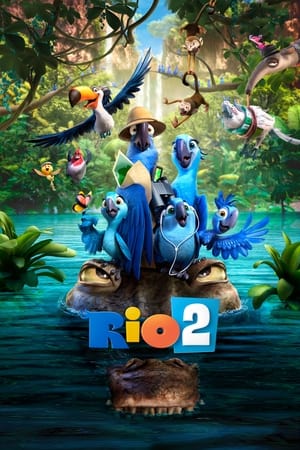 6.5
6.5Rio 2(en)
It's a jungle out there for Blu, Jewel and their three kids after they're hurtled from Rio de Janeiro to the wilds of the Amazon. As Blu tries to fit in, he goes beak-to-beak with the vengeful Nigel, and meets the most fearsome adversary of all: his father-in-law.
 7.7
7.7Harry Potter and the Order of the Phoenix(en)
Returning for his fifth year of study at Hogwarts, Harry is stunned to find that his warnings about the return of Lord Voldemort have been ignored. Left with no choice, Harry takes matters into his own hands, training a small group of students to defend themselves against the dark arts.
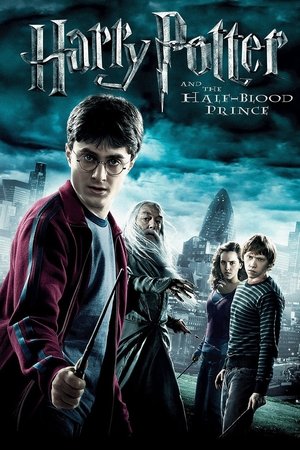 7.7
7.7Harry Potter and the Half-Blood Prince(en)
As Lord Voldemort tightens his grip on both the Muggle and wizarding worlds, Hogwarts is no longer a safe haven. Harry suspects perils may even lie within the castle, but Dumbledore is more intent upon preparing him for the final battle fast approaching. Together they work to find the key to unlock Voldemorts defenses and to this end, Dumbledore recruits his old friend and colleague Horace Slughorn, whom he believes holds crucial information. Even as the decisive showdown looms, romance blossoms for Harry, Ron, Hermione and their classmates. Love is in the air, but danger lies ahead and Hogwarts may never be the same again.
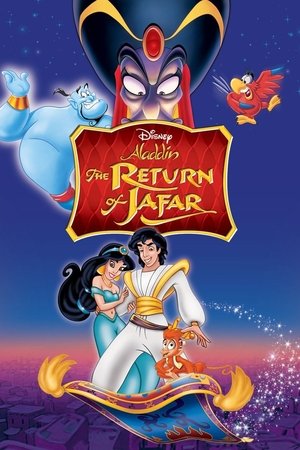 6.2
6.2The Return of Jafar(en)
The evil Jafar escapes from the magic lamp as an all-powerful genie, ready to plot his revenge against Aladdin. From battling elusive villains atop winged horses, to dodging flames inside an exploding lava pit, it's up to Aladdin - with Princess Jasmine and the outrageously funny Genie by his side - to save the kingdom once and for all.
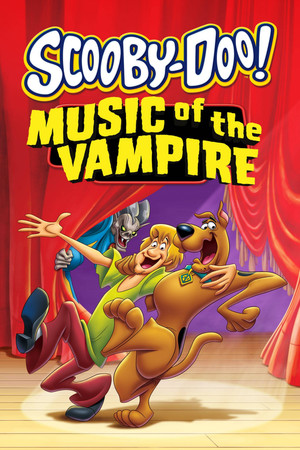 7.7
7.7Scooby-Doo! Music of the Vampire(en)
Scooby and the gang have their first musical mystery in “Scooby Doo: Music of the Vampire.” It begins when they take a sing-a-long road trip into bayou country to attend the “Vampire-Palooza Festival” – an outdoor fair dedicated to all things Draculian. At first it looks as if they’re in for some fun and lots of Southern snacks, but events soon turn scary when a real live vampire comes to life, bursts from his coffin and threatens all the townsfolk. On top of that, this baritone blood sucker seems intent on taking Daphne as his vampire bride! Could the vampire be a descendant of a famous vampire hunter who is trying to sell his book? Or perhaps he’s the local politician, who has been trying to make his name in the press by attacking the vampires as downright unwholesome. The answers are to be found in a final song-filled showdown in the swamp in which our heroes unmask one of their most macabre monsters yet.
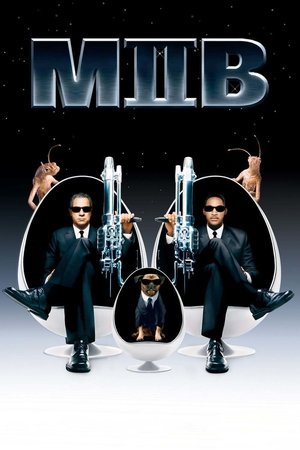 6.4
6.4Men in Black II(en)
Kay and Jay reunite to provide our best, last and only line of defense against a sinister seductress who levels the toughest challenge yet to the MIB's untarnished mission statement – protecting Earth from the scum of the universe. It's been four years since the alien-seeking agents averted an intergalactic disaster of epic proportions. Now it's a race against the clock as Jay must convince Kay – who not only has absolutely no memory of his time spent with the MIB, but is also the only living person left with the expertise to save the galaxy – to reunite with the MIB before the earth submits to ultimate destruction.
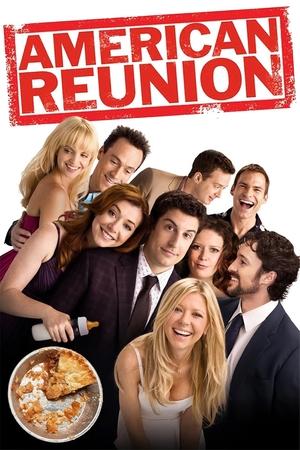 6.3
6.3American Reunion(en)
The characters we met a little more than a decade ago return to East Great Falls for their high school reunion. In one long-overdue weekend, they will discover what has changed, who hasn’t, and that time and distance can’t break the bonds of friendship.
 9.4
9.4Scooby-Doo! and the Safari Creatures(en)
The gang flies off to Africa for a video animal safari titled 'So Goodi!,' only to learn that - zoinks! - the creatures are actually shape-shifting jungle demons! In Homeward Hound, a "fiercely fanged" cat creature petrifies the competing pooches at a dog show, including the visiting Scooby-Doo! Finally, a giant Wakumi bird is stealing sculptures that are scheduled to be housed in a museum in New Mexico, Old Monster. There's never a dull moment when Scooby-Doo enters the scene!
Similar Movies
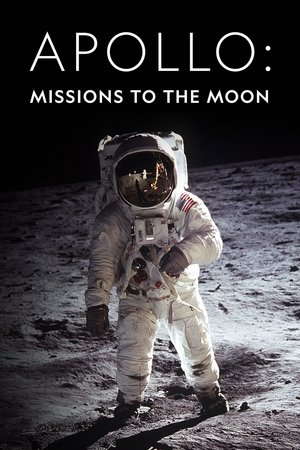 7.4
7.4Apollo: Missions to the Moon(en)
National Geographic's riveting effort recounts all 12 crewed missions using only archival footage, photos and audio.
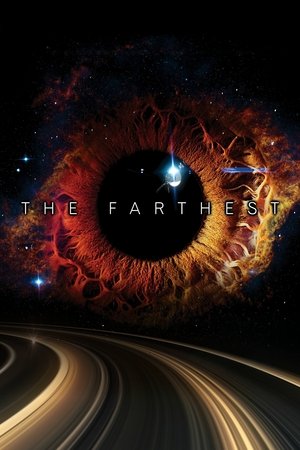 7.8
7.8The Farthest(en)
The captivating tales of the people and events behind one of humanity's greatest achievements in exploration: NASA's Voyager mission.
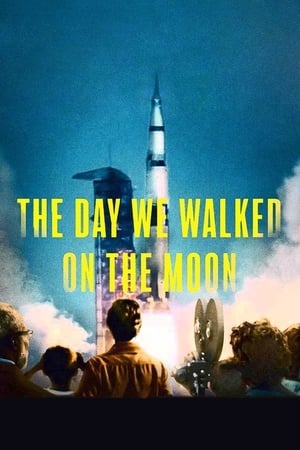 5.7
5.7The Day We Walked on the Moon(en)
On July 16, 1969, hundreds of thousands of spectators and an army of reporters gathered at Cape Kennedy to witness one of the great spectacles of the century: the launch of Apollo 11. Over the next few days, the world watched on with wonder and rapture as humankind prepared for its "one giant leap" onto the moon--and into history. Witness this incredible day, presented through stunning, remastered footage and interviews that takes you behind-the-scenes and inside the spacecraft, Mission Control, and the homes of the astronaut's families.
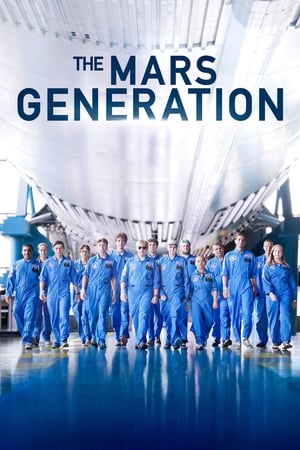 6.5
6.5The Mars Generation(en)
Aspiring teenage astronauts reveal that a journey to Mars is closer than you think.
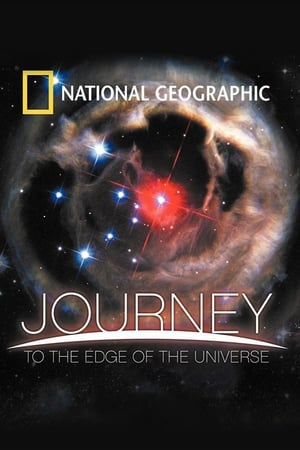 7.7
7.7National Geographic: Journey to the Edge of the Universe(en)
In one single, epic camera move we journey from Earth's surface to the outermost reaches of the universe on a grand tour of the cosmos, to explore newborn stars, distant planets, black holes and beyond.
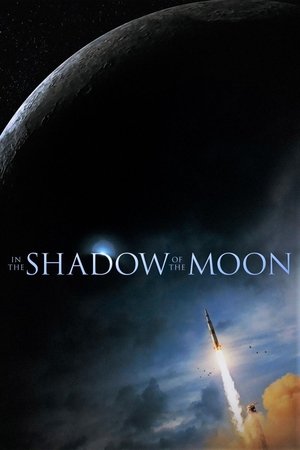 7.5
7.5In the Shadow of the Moon(en)
Archival material from the original NASA film footage – much of it seen for the first time – plus interviews with the surviving astronauts, including Jim Lovell, Dave Scott, John Young, Gene Cernan, Mike Collins, Buzz Aldrin, Alan Bean, Edgar Mitchell, Charlie Duke and Harrison Schmitt.
 7.2
7.2Destiny in Space(en)
Travel alongside the astronauts as they deploy and repair the Hubble Space Telescope, soar above Venus and Mars, and find proof of new planets and the possibility of other life forming around distant stars.
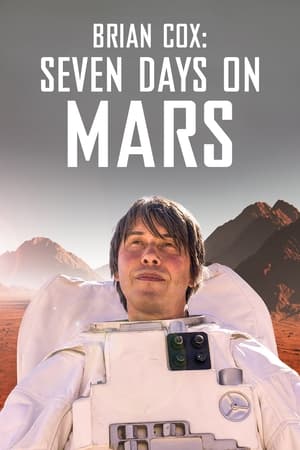 7.5
7.5Brian Cox: Seven Days on Mars(en)
With unique access to Nasa, Brian Cox follows Perseverance rover’s search for life on Mars during a critical seven-day period as it undertakes an epic journey across the red planet.
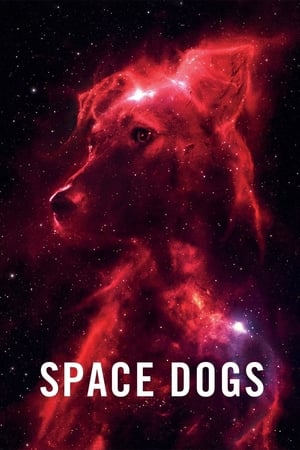 6.9
6.9Space Dogs(ru)
Laika, a stray dog, was the first living being to be sent into space and thus to a certain death. A legend says that she returned to Earth as a ghost and still roams the streets of Moscow alongside her free-drifting descendants. While shooting this film, the directors little by little realised that they knew the street dogs only as part of our human world; they have never looked at humans as a part of the dogs’ world.
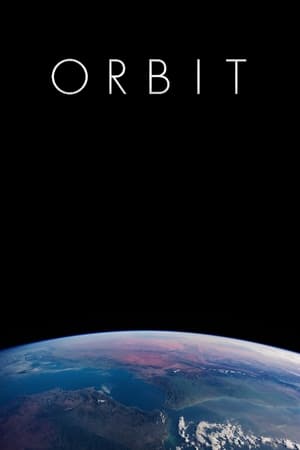 7.0
7.0ORBIT: A Journey Around Earth in Real Time(en)
A real-time reconstruction of time-lapse photographs taken on board the International Space Station by NASA’s Earth Science & Remote Sensing Unit. The film is scored with musical selections from three albums by Phaeleh (producer Matt Preston): Lost Time, Illusion of the Tale, and Somnus. The music directly influenced the choice of material used in the film. The film's duration is approximately the length of time it takes ISS to orbit the Earth once: 92 minutes and 39 seconds. Meditate on the beauty of our planet.
 8.0
8.0Built for Mars: The Perseverance Rover(en)
BUILT FOR MARS: THE PERSEVERANCE ROVER goes behind the scenes at NASA’s Jet Propulsion Laboratory to follow the birth of the Perseverance rover.
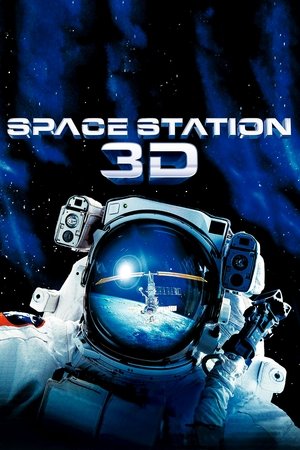 6.4
6.4Space Station 3D(en)
Some 220 miles above Earth lies the International Space Station, a one-of-a-kind outer space laboratory that 16 nations came together to build. Get a behind-the-scenes look at the making of this extraordinary structure in this spectacular IMAX film. Viewers will blast off from Florida's Kennedy Space Center and the Baikonur Cosmodrome in Russia for this incredible journey -- IMAX's first-ever space film. Tom Cruise narrates.
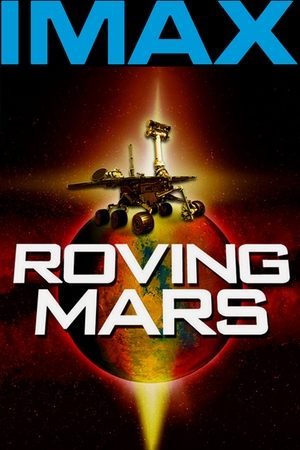 7.2
7.2Roving Mars(en)
Join the Mars rovers Spirit and Opportunity for an awe-inspiring journey to the surface of the mysterious red planet.
 6.5
6.5The Last Man on the Moon(en)
The 1960s was an extraordinary time for the United States. Unburdened by post-war reparations, Americans were preoccupied with other developments like NASA, the game-changing space programme that put Neil Armstrong on the moon. Yet it was astronauts like Eugene Cernan who paved the uneven, perilous path to lunar exploration. A test pilot who lived to court danger, he was recruited along with 14 other men in a secretive process that saw them become the closest of friends and adversaries. In this intensely competitive environment, Cernan was one of only three men who was sent twice to the moon, with his second trip also being NASA’s final lunar mission. As he looks back at what he loved and lost during the eight years in Houston, an incomparably eventful life emerges into view. Director Mark Craig crafts a quietly epic biography that combines the rare insight of the surviving former astronauts with archival footage and otherworldly moonscapes.
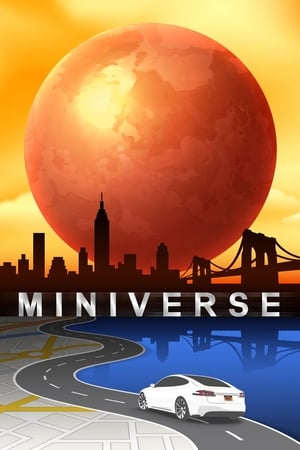 5.0
5.0Miniverse(en)
What if you could get behind the wheel and race through space? We scale down the Solar System to the continental United States and place the planets along the way to better appreciate the immense scale of the Universe. See space as never before, with Mars looming over the Freedom Tower and Jupiter towering above the Lincoln Memorial. Join former astronaut Chris Hadfield - a YouTube sensation for his performance of David Bowie’s “Space Oddity” aboard the International Space Station - and his interstellar hitchhikers Michio Kaku and astronomers Derrick Pitts and Laura Danly. It’s a joyride from coast to coast - and from the sun to Pluto.
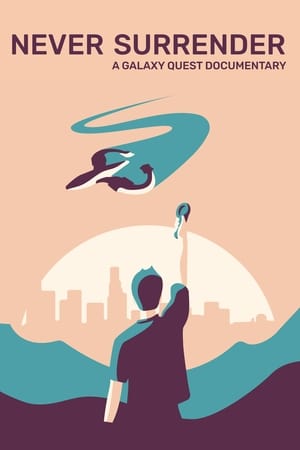 7.4
7.4Never Surrender: A Galaxy Quest Documentary(en)
A feature-length documentary about the film Galaxy Quest and its legacy, celebrating its milestone 20th anniversary.
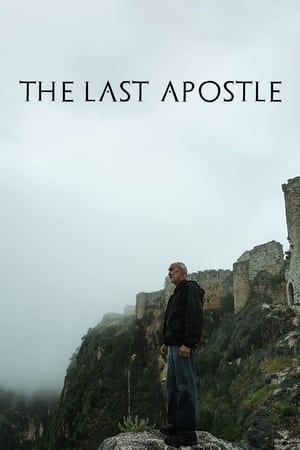 7.0
7.0The Last Apostle: Journies in the Holy Land(en)
Dr. Mark Fairchild, world-renowned archaeologist, traces the hidden years of Saint Paul's life in the mountainous Turkish countryside of Rough Cilicia.
 7.0
7.0The Wonderful: Stories from the Space Station(en)
In unusual circumstances, scientists from different countries work together to achieve a common scientific goal. Locked in their spinning space lab, they are isolated from the world — family and friends - and can only watch from the outside as life on Earth continues without them. The space station is a monument not only to the weaknesses of humanity, but also to its ability to do the impossible for the sake of life in space.
 5.8
5.8Magnificent Desolation: Walking on the Moon(en)
Twelve men who belong to one of the world's most exclusive fraternities -- people who've walked on the surface of the moon -- are paid homage in this documentary. Using newsreel footage, rare NASA photographs, and digitally animated re-creations, Magnificent Desolation: Walking on the Moon examines the Apollo missions between 1969 and 1972 which put astronauts on the moon.
